15 Plants That Help Keep Snakes Out of Your Garden
Having snakes near your garden can be unsettling and even dangerous. Fortunately, certain plants naturally keep snakes away without harming them or the environment. Adding these plants to your outdoor space can create a safer and more comfortable garden area. They act as natural barriers, discouraging snakes from coming close. This article will introduce you to the best snake-repellent plants to consider for your garden.
This post may contain affiliate links, which helps keep this content free. Please read our disclosure for more info.
Marigold
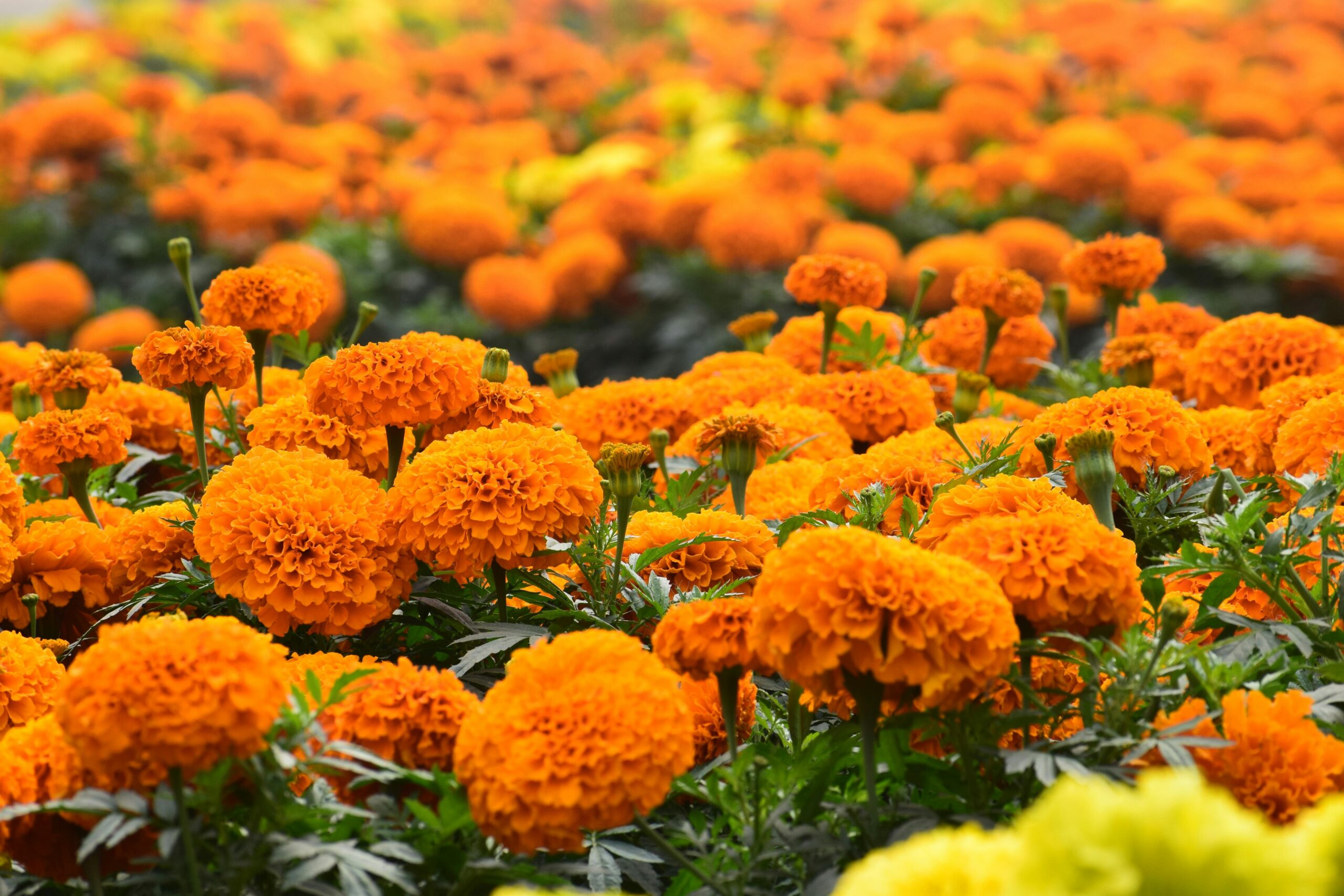
Marigolds emit a strong scent that snakes find unpleasant, which helps keep them away from your garden. These colorful flowers are easy to grow and brighten any outdoor space. They attract helpful insects like bees and butterflies. Marigolds prefer full sun and well-drained soil for best growth.
Besides repelling snakes, marigolds discourage common pests such as mosquitoes and aphids. They bloom for many months, offering lasting protection. Planting marigolds along garden borders is a popular way to create natural barriers. Their low care needs make them suitable for many gardeners.
Lemongrass
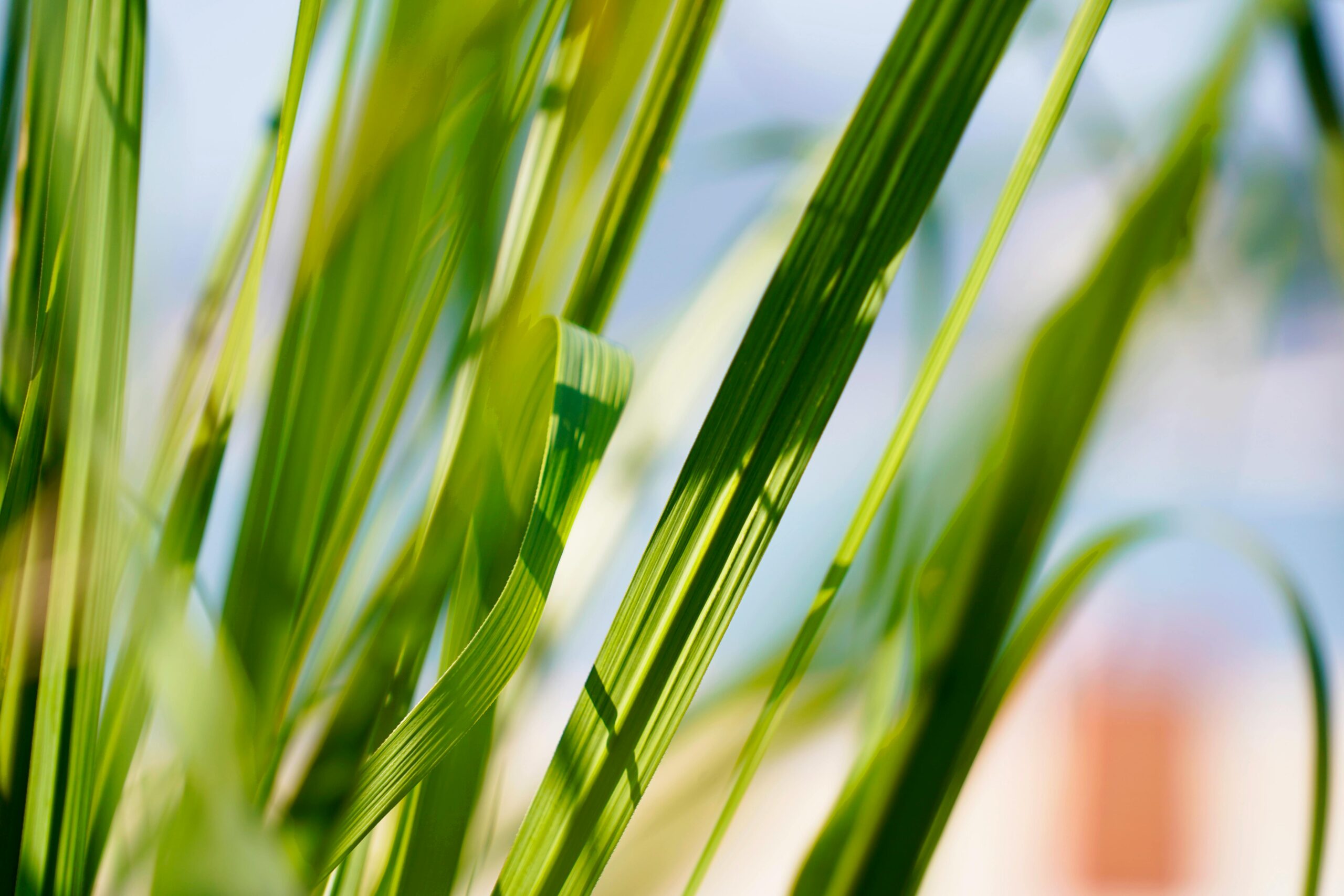
Lemongrass has a citrusy aroma that snakes tend to avoid, making it a natural repellent. It grows tall and dense, creating a physical barrier in your garden. This grass is also used in cooking and herbal teas. Lemongrass thrives in warm weather with plenty of sunlight.
Its oils repel mosquitoes and various insects as well. It grows quickly and can cover large areas. The strong scent discourages snakes and unwanted pests. Placing lemongrass near entrances helps reduce snake activity.
Mother-in-Law’s Tongue (Snake Plant)
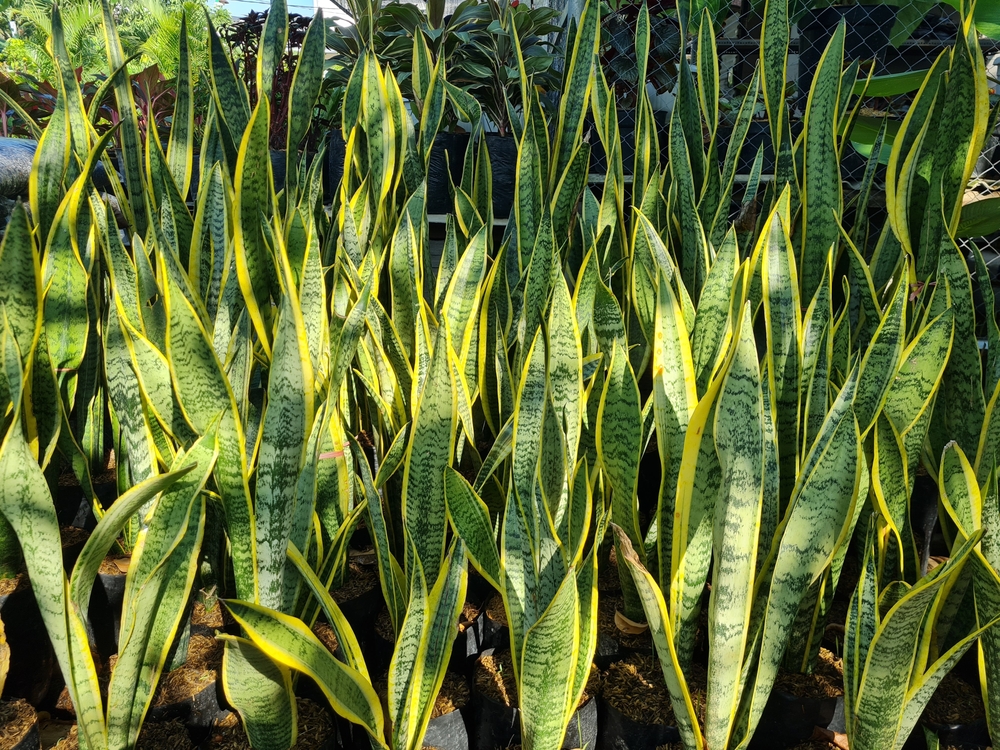
Mother-in-Law’s Tongue features stiff, upright leaves that snakes avoid crossing. This tough plant survives in low light and needs little water. It offers a unique architectural look for your garden or porch. It is safe to have around children since it is non-toxic.
It can improve air quality if grown indoors. The water-storing leaves make it drought-resistant. Planted near doorways or paths, it helps keep snakes away. Its easy care is ideal for busy gardeners.
Wormwood
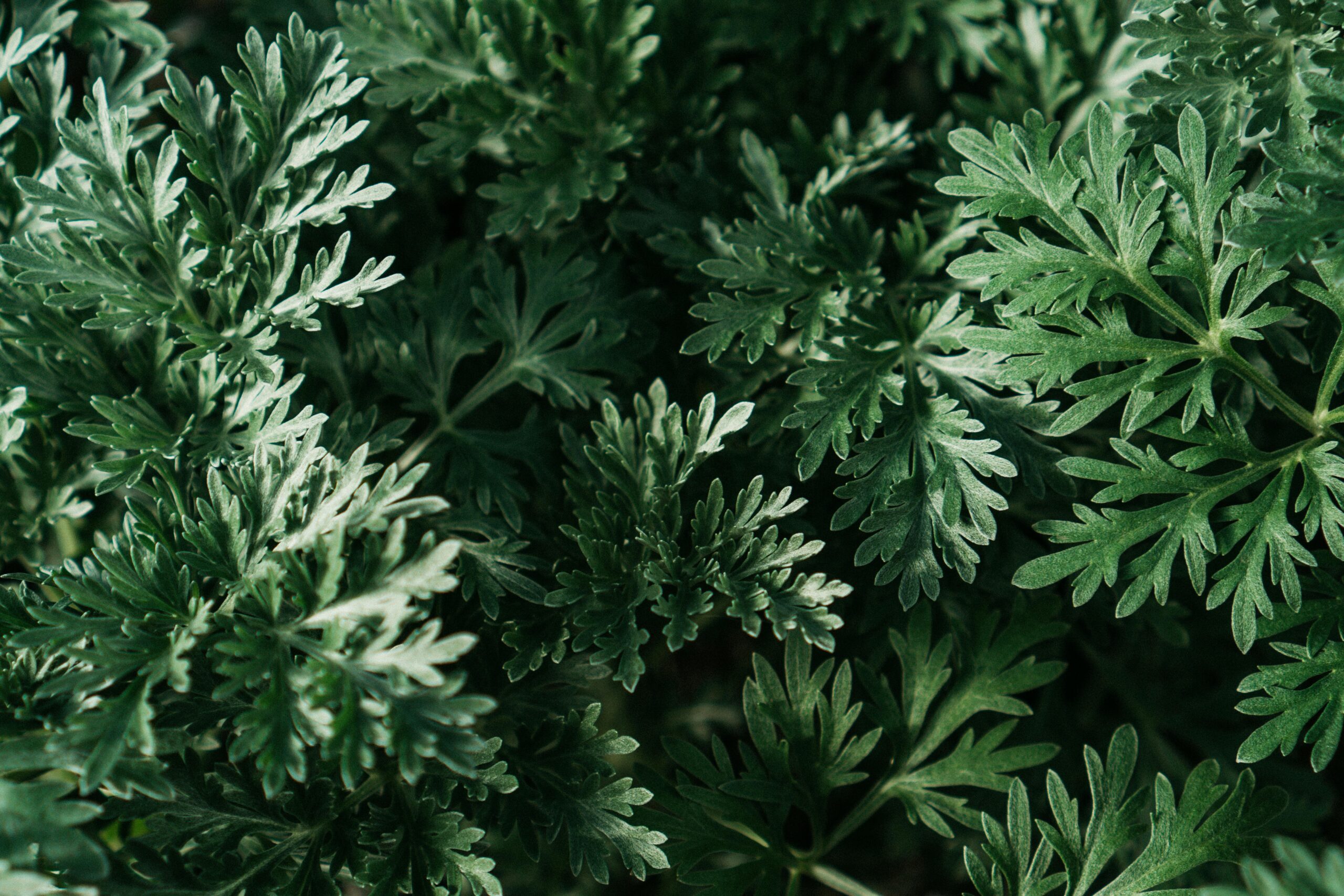
Wormwood releases a bitter aroma disliked by snakes, helping keep them at bay. This silvery herb grows well in sunny, dry conditions with minimal watering. It can be planted among shrubs or along borders. Wormwood attracts useful insects like ladybugs.
Its natural oils deter many garden pests. Cutting wormwood keeps the scent strong for longer. Planting it near foundations creates an effective snake barrier. The feathery leaves also add visual interest.
Garlic
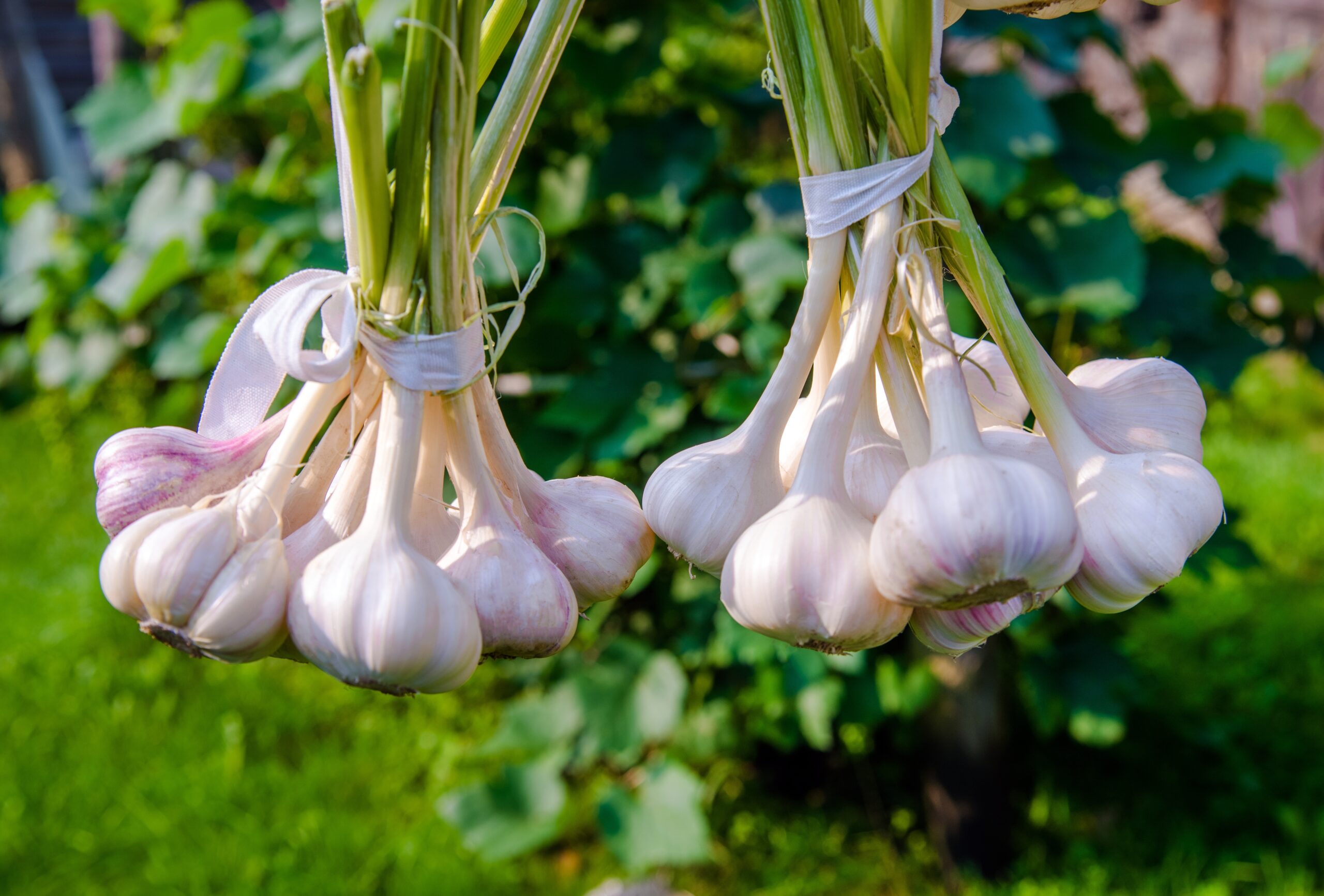
Garlic’s strong smell discourages snakes from entering garden areas. Planting garlic cloves around your yard offers natural protection. It also serves as a healthy cooking ingredient. Garlic grows best in sunny spots with well-drained soil.
Sulfur compounds released by garlic help repel snakes and insects. It can be mixed with vegetables or flowers in your garden. Harvesting garlic is simple, and it stores well. Garlic is practical for gardeners who want dual-purpose plants.
Indian Snakeroot
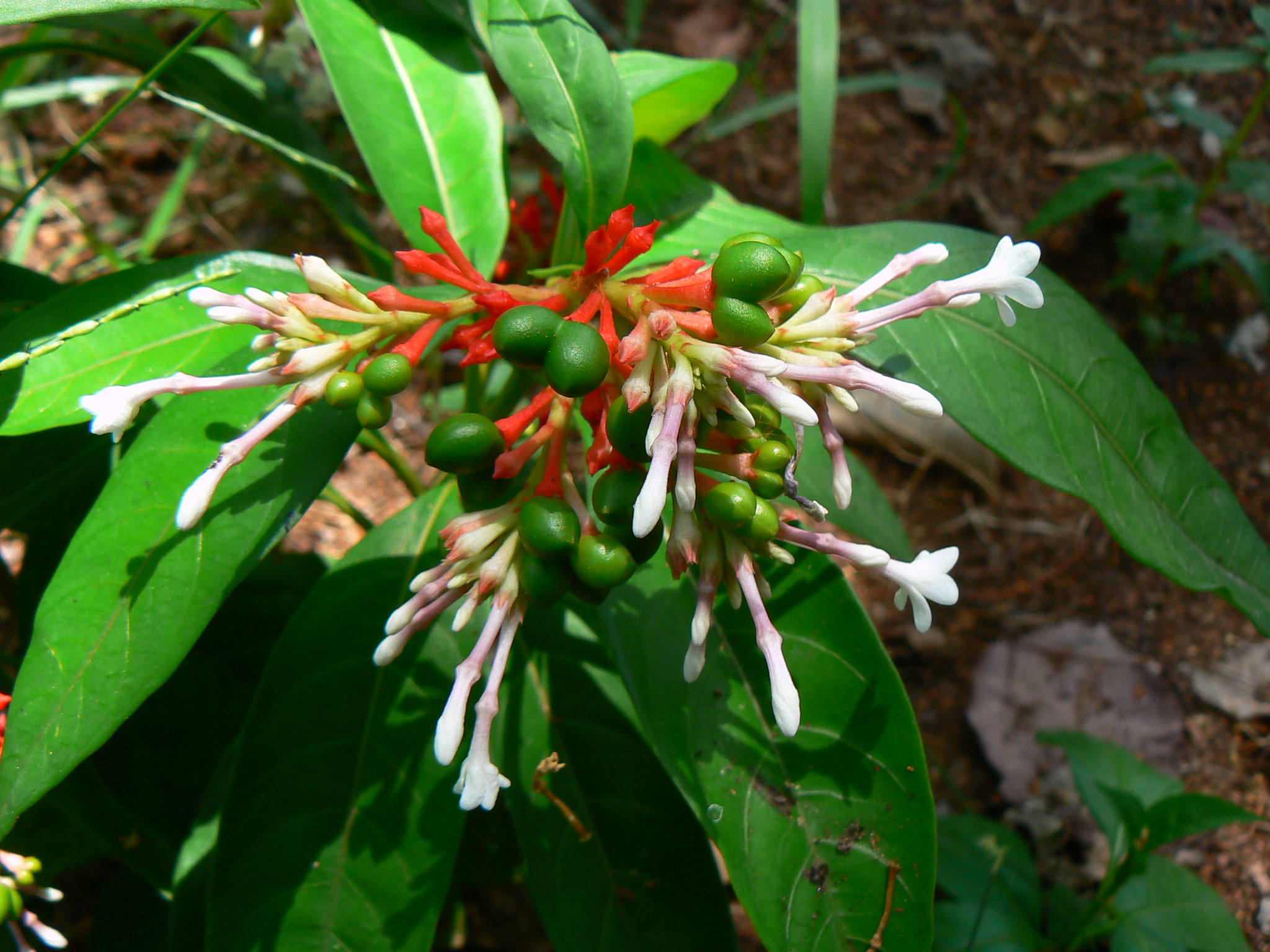
Indian Snakeroot produces a bitter scent that snakes avoid. It has small flowers and is used in traditional herbal remedies. This plant grows best in partial shade and moist soil. Once established, it requires little attention.
It attracts pollinators like bees and butterflies. The roots have medicinal properties but require careful handling. Planted along garden edges, it helps keep snakes away. It combines beauty and usefulness in outdoor spaces.
Motherwort
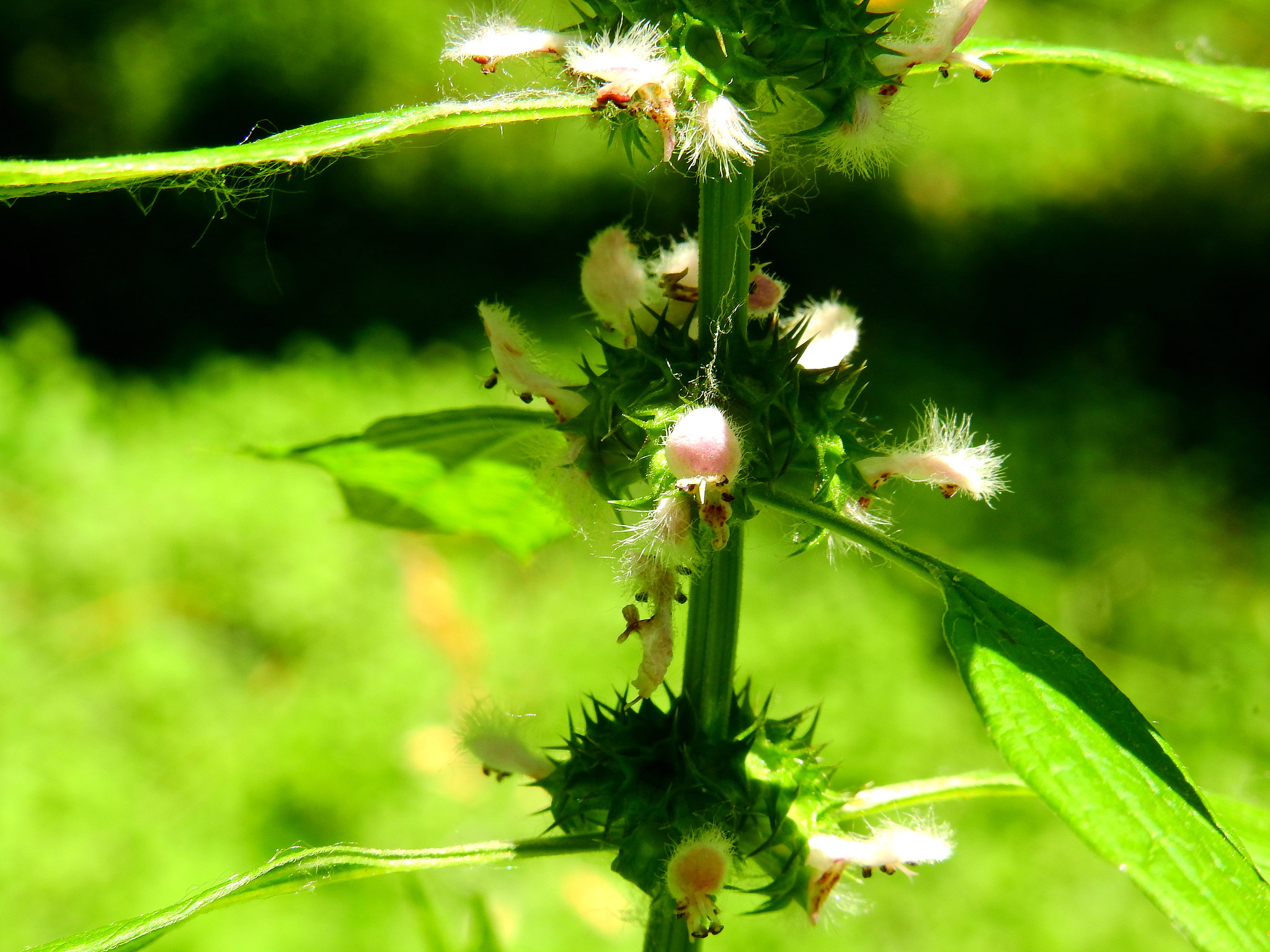
Motherwort gives off a strong herbal smell that snakes dislike. It grows quickly and can reach heights around four feet. This plant prefers full sun or partial shade with good drainage. It blooms with small pink or purple flowers in summer.
Besides snakes, motherwort attracts pollinators and has traditional medicinal uses. Gardeners place it near vegetables or flower beds for pest control. Its dense growth covers spots where snakes may hide. This plant is a natural option for snake deterrence.
Garlic Chives
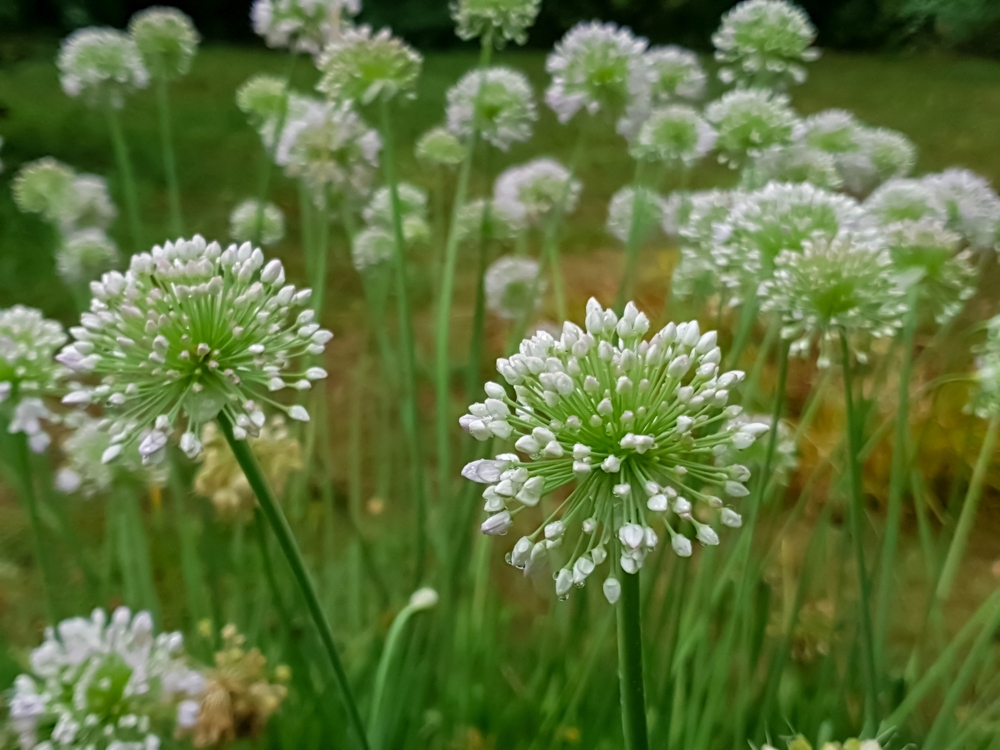
Garlic chives have a strong garlic scent that snakes avoid. These perennial herbs are easy to grow and useful in cooking. They prefer full sun and moist, well-drained soil. White flowers attract beneficial insects.
The dense foliage forms a barrier snakes tend to avoid. Planting clusters near paths and borders offers protection. Garlic chives also repel aphids and mites. They are low maintenance and come back yearly.
Rue
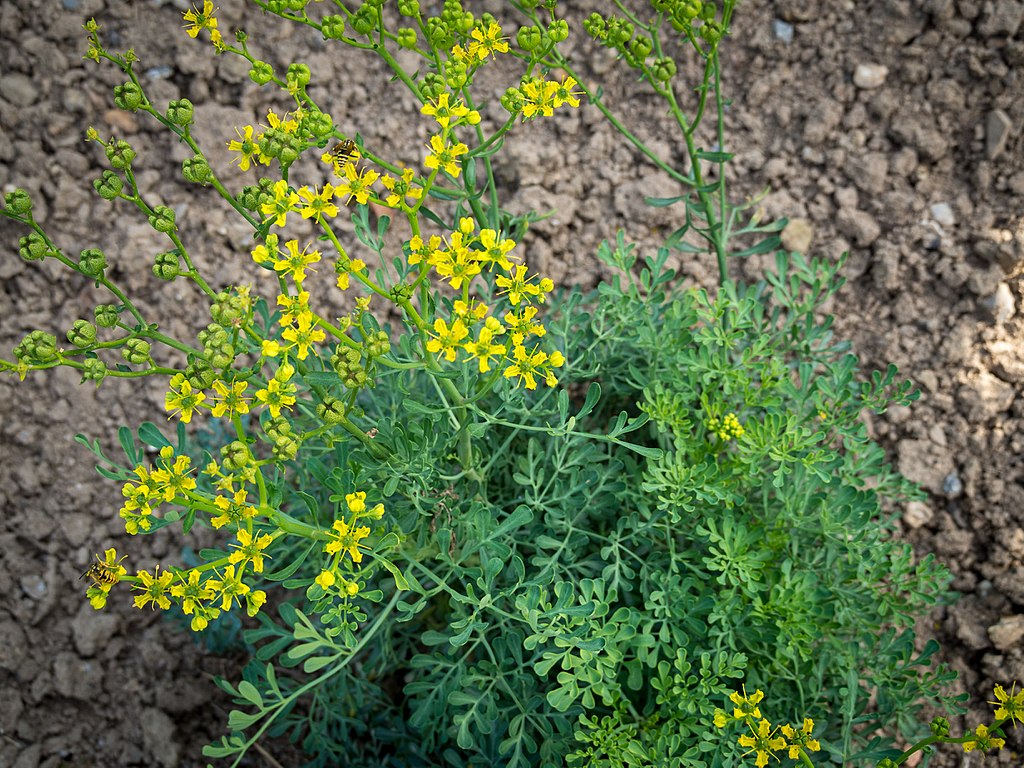
Rue emits a bitter scent disliked by snakes and other pests. It has gray-green leaves with small yellow flowers for garden interest. This drought-tolerant plant grows well in sunny, dry places. It tolerates poor soil and needs little watering.
Rue repels beetles, moths, and snakes naturally. It has historical use in medicine and cooking. Placing rue along fences or borders helps keep snakes away. It is a hardy option with minimal care needs.
Peppermint
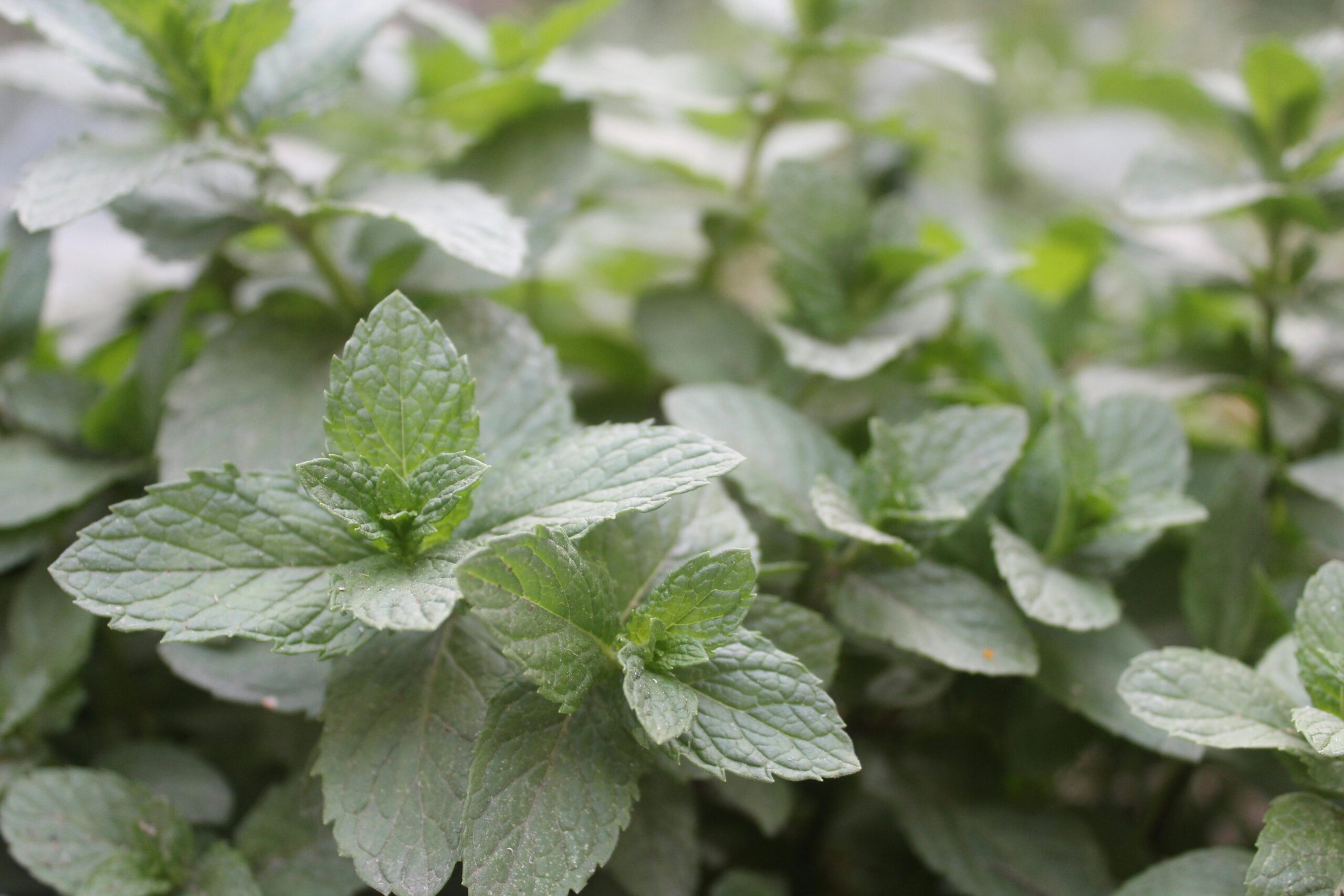
Peppermint releases a strong minty aroma snakes try to avoid. Growing it in your garden helps deter snakes and insects. This herb prefers partial shade and moist soil. It spreads quickly and may need containment.
Peppermint leaves are useful for teas and cooking. Its scent repels mosquitoes and ants, adding multiple benefits. Planting peppermint near hiding spots reduces snake visits. It is easy to grow with regular watering.
Mother-of-Thyme
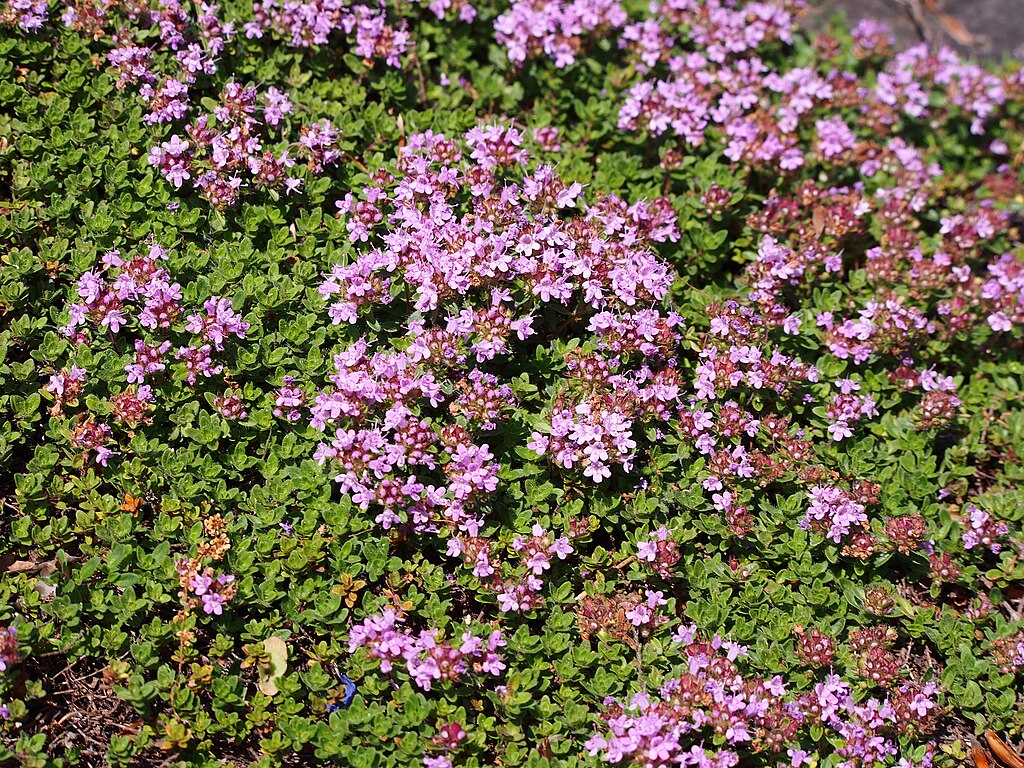
Mother-of-thyme is a low-growing herb with a scent snakes dislike. It spreads to form dense mats that block snake movement. This drought-tolerant plant prefers sunny, well-drained areas. Tiny pink or purple flowers attract pollinators.
Besides snakes, it has culinary and medicinal uses. Mother-of-thyme requires little care and spreads nicely. It works well as ground cover in rocky or dry garden spots. The aroma enhances the garden atmosphere.
Castor Bean Plant
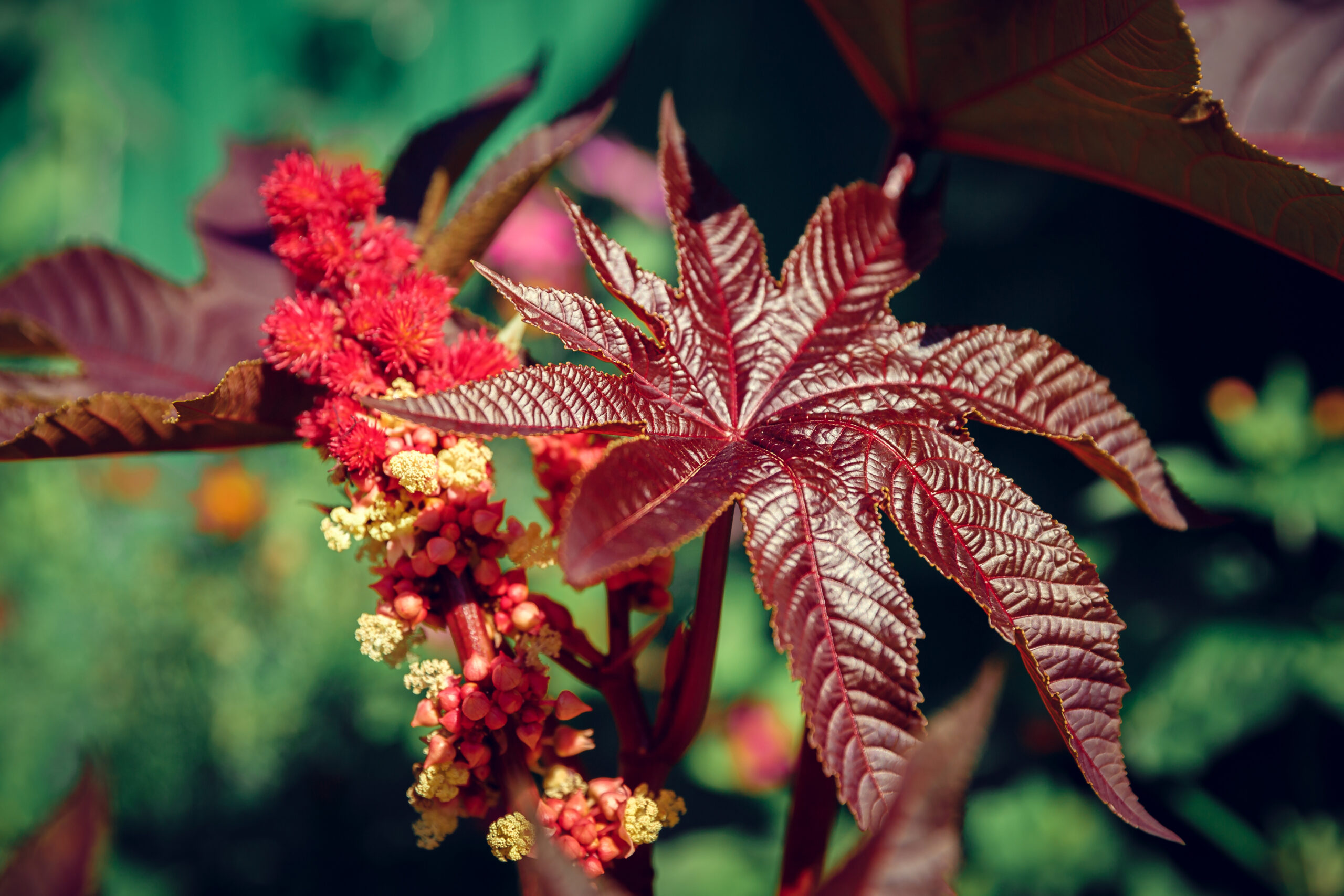
The castor bean plant has a strong smell snakes avoid. It grows tall with large leaves that provide shade. This plant prefers warm climates and well-drained soil. It grows quickly to create natural barriers.
Caution is needed because its seeds are toxic if ingested. It is mainly ornamental and useful for pest control. Gardeners plant it along fences to discourage snakes. The large leaves add a tropical look.
Lavender
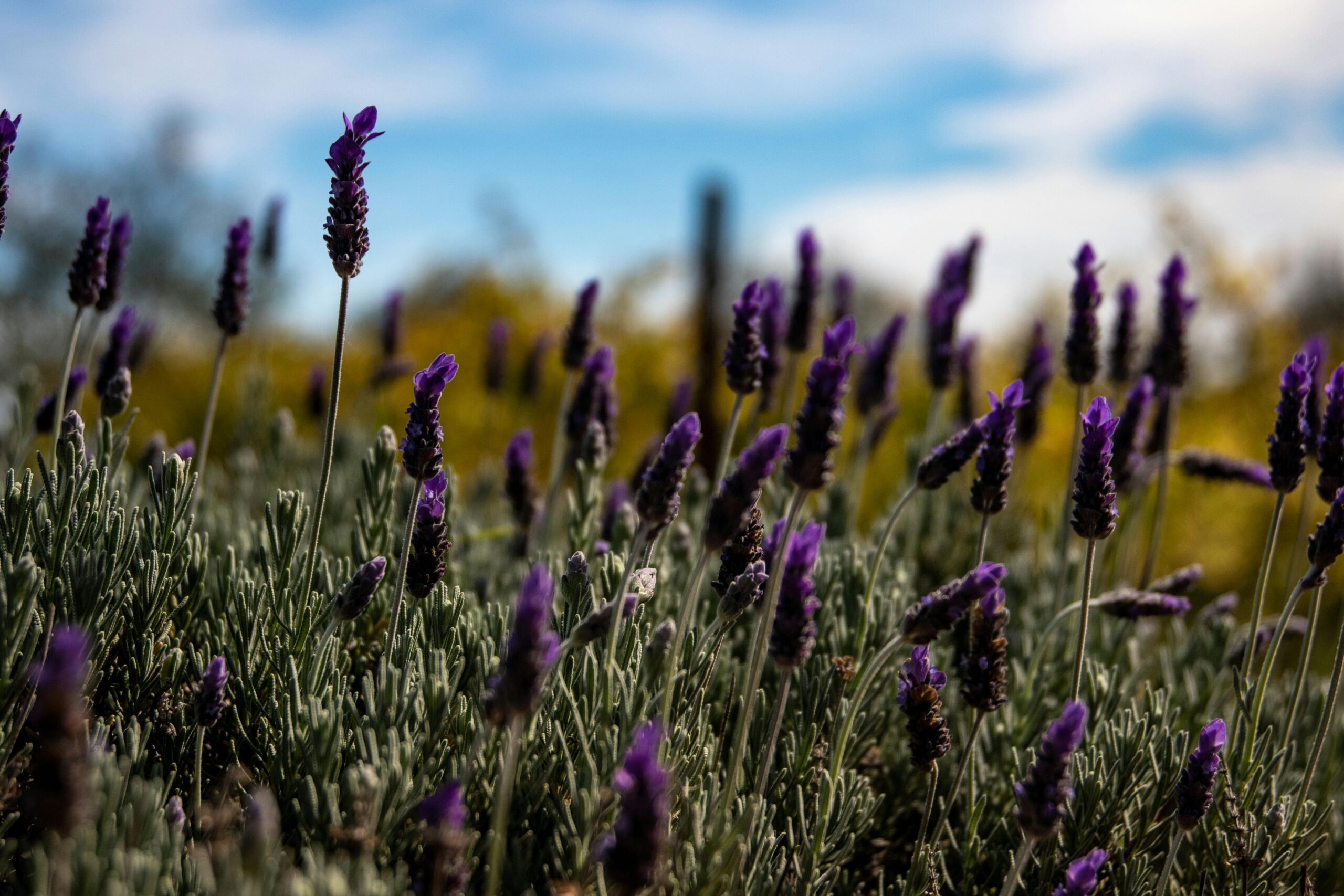
Lavender produces a fragrant scent that snakes dislike. It is known for its calming aroma and pretty purple flowers. Lavender thrives in sunny spots with well-drained soil. It requires moderate watering and tolerates drought once established.
Besides snakes, lavender attracts bees and butterflies. It helps repel moths and fleas as well. Placing lavender near entrances lowers snake activity. Its scent benefits both the garden and people.
Pennyroyal
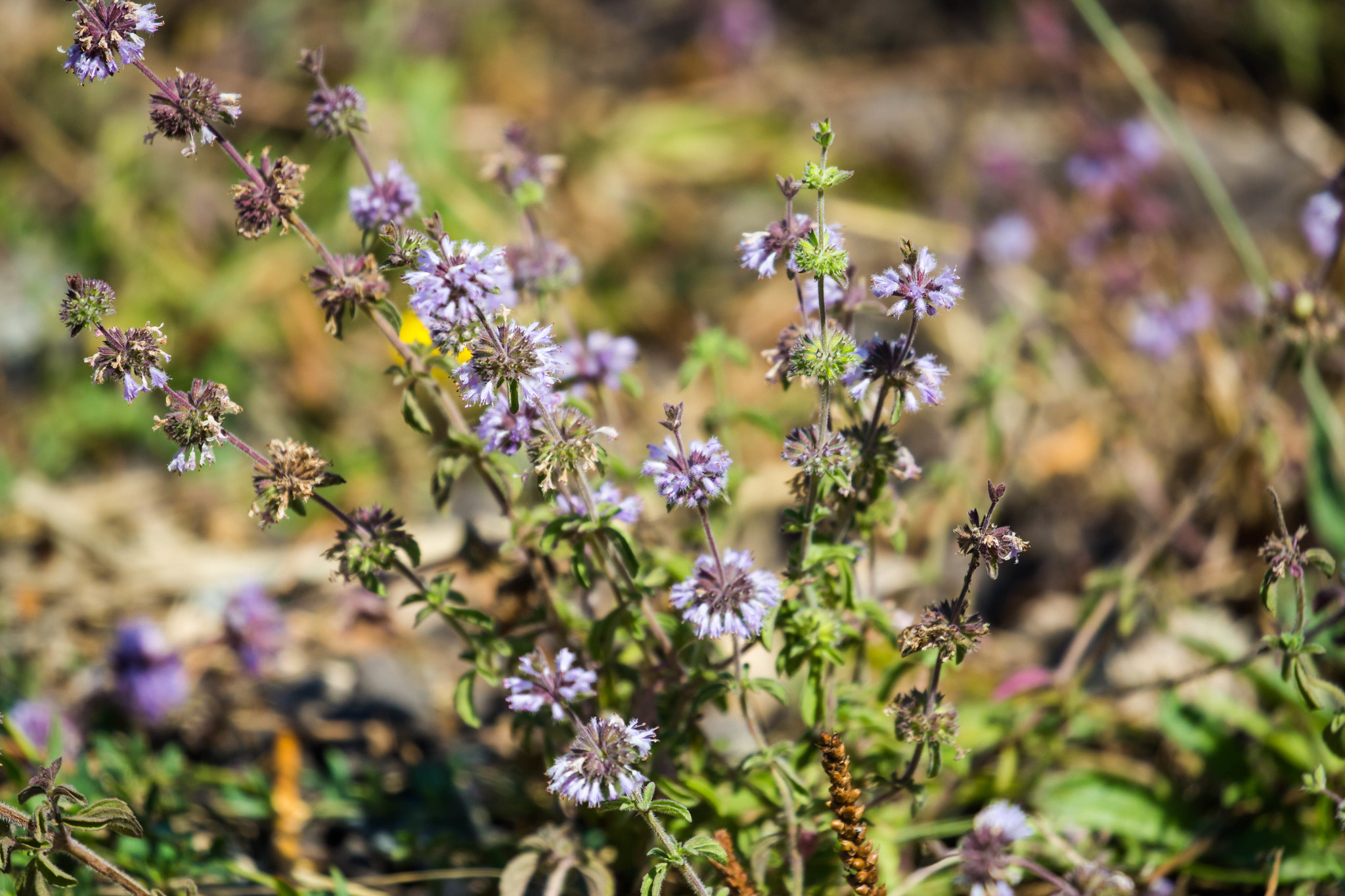
Pennyroyal gives off a strong minty smell that snakes avoid. This low-growing plant prefers sun to partial shade and moist soil. It spreads to cover bare areas in gardens. Pennyroyal attracts helpful insects like bees.
Its oils repel mosquitoes and ants. It can be toxic if ingested in large amounts, so caution is needed. Gardeners use pennyroyal near beds or entry points. Its strong scent helps with pest control.
Chrysanthemum
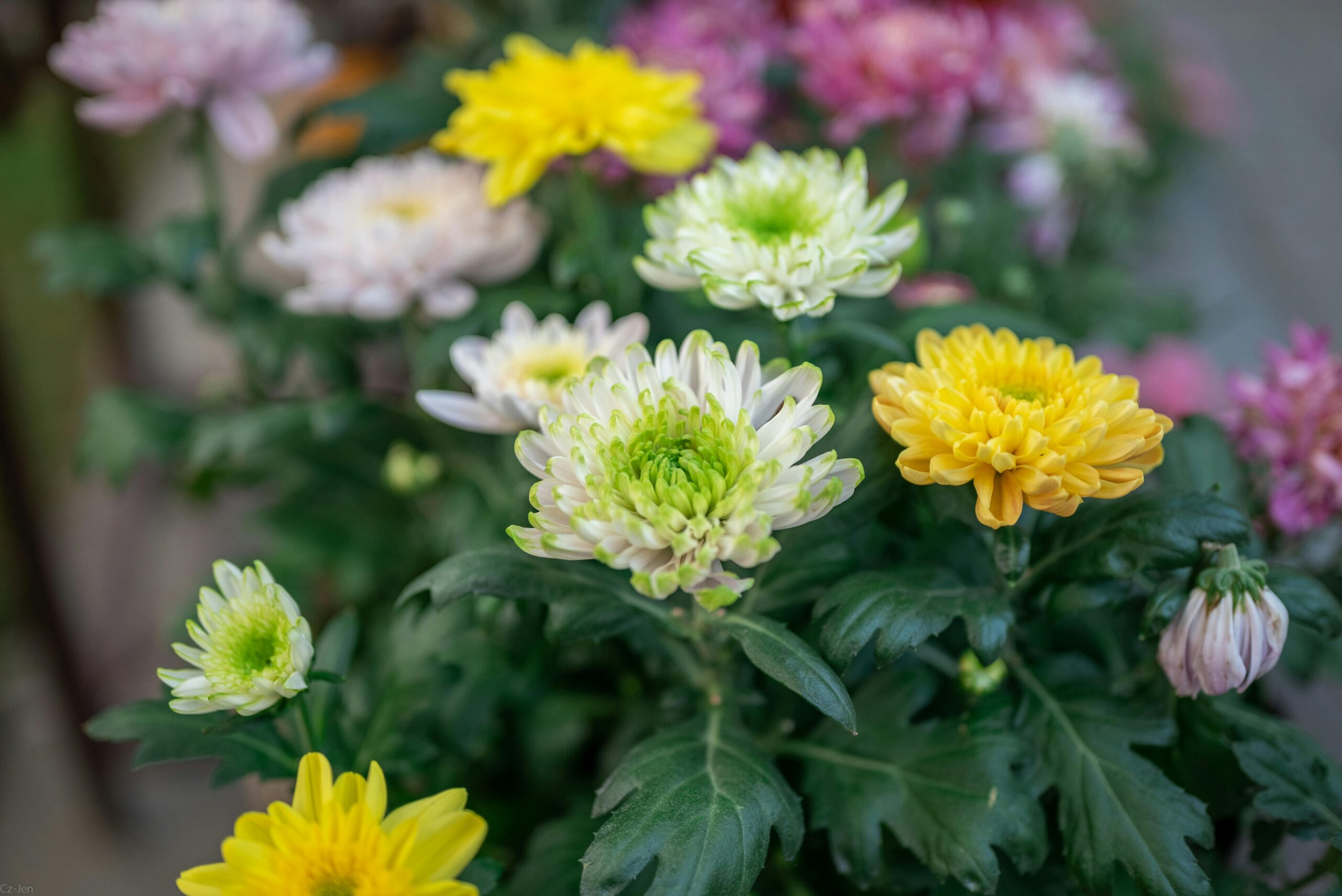
Chrysanthemums have a natural chemical called pyrethrin that repels snakes and insects. These bright flowers add color and charm to gardens. They prefer sunny locations and well-drained soil. Chrysanthemums bloom from late summer through fall.
Besides snakes, they help keep mosquitoes and ticks away. Planting them near entrances or pathways may reduce unwanted visitors. They are relatively easy to grow with regular watering. Chrysanthemums offer both beauty and protection.
This article originally appeared on Avocadu.
